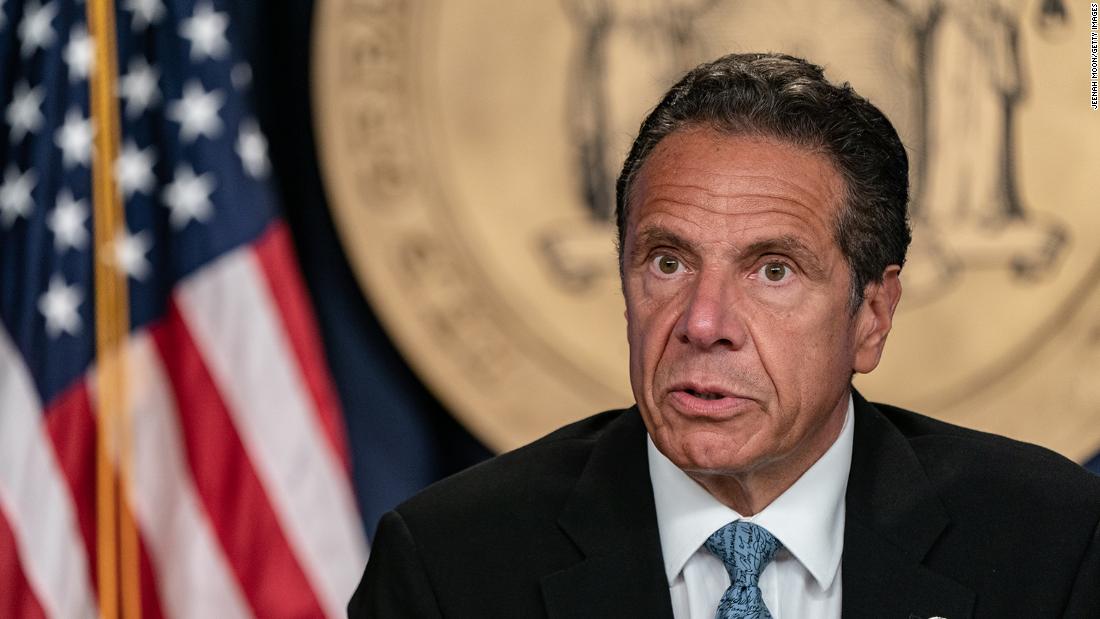
He also noted that while the current dispute was pending, he had lifted some of the restrictions in place.
"The basic point is you know why does the court rule on an issue that is moot unless -- and which they had just decided several months before in other cases which presented the same argument -- why rule on a case that is moot and come up with a different decision than you did several months ago on the same issue? You have a different court and I think that was the statement that the court was making," he said.
"I would agree with those people who say it's a different court, and they wanted to make a statement that it's a different court. That's the statement they're making, I understand that," he said.
The case is the latest pitting religious groups against city and state officials seeking to stop the spread of Covid-19, and it highlights the impact of Justice Amy Coney Barrett on the court. The decision comes as coronavirus cases surge across the country.
In the late-night decision, Barrett sided with her conservative colleagues in the dispute, while Chief Justice John Roberts joined the three liberal justices in dissent.
Last spring and summer, before the death of Justice Ruth Bader Ginsburg, the court split 5-4 on similar cases out of California and Nevada, with Roberts and the liberals in the majority siding against houses of worship. Barrett was confirmed in October to take Ginsburg's seat.
The regulations limited the number of people who could attend religious services.
In the main, unsigned opinion, the majority ruled in favor of the Roman Catholic Diocese of Brooklyn and Agudath Israel of America that argued that the restrictions violated the Free Exercise Clause of the First Amendment because the regulations treated the houses of worship more harshly than comparable secular facilities.
The majority said that the regulations are "far more restrictive than any Covid-related regulations that have previously come before the court, much tighter than those adopted by many other jurisdictions hard hit by the pandemic, and far more severe than has been shown to be required to prevent the spread of the virus" at the religious services in question.
The restrictions on attendance are divided up by geographic zones in areas classified as "red" or "orange" zones.
Cuomo said that the decision isn't final, it simply blocks restrictions for now while the appeal continues.
"It didn't affect our mass gathering rules," he added which are percentage based. "It didn't mention the overall limits."
"news" - Google News
November 27, 2020 at 03:28AM
https://ift.tt/2V2DZng
Gov. Andrew Cuomo says SCOTUS ruling on coronavirus restrictions is essentially a statement that "it's a different court." - CNN
"news" - Google News
https://ift.tt/2DACPId
https://ift.tt/2Wh3f9n
Bagikan Berita Ini














0 Response to "Gov. Andrew Cuomo says SCOTUS ruling on coronavirus restrictions is essentially a statement that "it's a different court." - CNN"
Post a Comment